Your cart is currently empty!
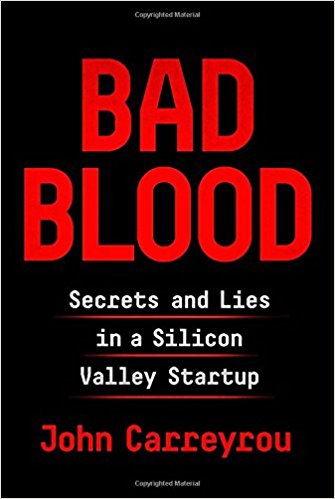
“I want to be a billionaire.” ~ Elizabeth Holmes, Age 9-10, in response to a question about what she wanted to be.
By Catherine Austin Fitts
WSJ subscribers have been following the story of Theranos and its founder Elizabeth Holmes since WSJ investigative reporter John Carreyrou first broke the story in 2015. Now that Holmes has reached an agreement with the Securities and Exchange Commission, Carreyrou has published Bad Blood: Secrets and Lies in a Silicon Valley Startup , which gathers the whole tale into one spell-binding book. A criminal investigation is still ongoing.
Elizabeth Holmes dropped out of Stanford to start a blood-testing company in Silicon Valley. The idea was that one prick could produce reliable testing without needles. Ultimately, testing could occur at home and in “retail establishments,” such as the two early Theranos partners, Walgreens pharmacies and Safeway grocery-pharmacies.
Holmes attracted an all-star board and raised a great deal of capital, ultimately reaching a valuation of $10 billion. Holmes and Theranos could never, however, produce blood testing equipment that delivered on the vision. Their promises to partners and investors ran ahead of their capacity to deliver. When “vaporware” is software, computers don’t deliver. When vaporware involves blood tests, people can make life-and-death decisions on inaccurate information.
In the process of pushing too far ahead of the necessary science and equipment needed to deliver, Theranos spent a small fortune controlling information, using extensive secrecy and security, and legally and financially threatening people with in house counsel and some of the most powerful law firms in the country.
Unanswered questions remain after reading Bad Blood. Why would the Board of Directors, investors and counsel allow company marketing and operations to run so far ahead of capacity? Rather than spend a fortune on control and bullying, why not spend the money on making sure Theranos could deliver?
Something still does not add up. The benefit of wrapping all the blame onto Holmes on the theory that everyone else was charmed, busy, or incompetent means that the board may be sheltered and the deeper story may never be told.
Who really wanted access to the data and other intelligence from the blood records of millions of Americans? An attractive young woman who wanted to revolutionize health care and bring it to the “people” was surely a perfect face for such an effort. Such a network might be able to establish direct access to millions of people and their DNA without the watchful eye of doctors and regulators.
Carreyrou deserves another Pulitzer for Bad Blood — this would be his third. He is generous with credit to the many people who helped him. You will be inspired by the heros in his story. In the pages of Bad Blood you will meet many courageous former employees, scientists and doctors.
You will also be astonished at the integrity of the WSJ editors. Rupert Murdoch was the single largest individual investor in Theranos. He and the WSJ editors made no effort to interfere with the story despite pressure to do so. Murdoch sold his $100 million of stock back to the company for $1. I remember when Murdoch’s News Group bought the journal. I assumed that editorial integrity would decline. Instead, I keep noting acts of integrity and courage by both the WSJ and Murdoch.
The message is inspiring. Facts matter. There are many competent, able, ethical people in this world. Some of them have the courage to stand up to significant bullying. Ultimately, Carreyrou inspires us to rejoice in the power of good people and truth to make a difference in this world.
Whether because the story is fascinating or the journalistic accomplishment breathtaking, this is a book you will enjoy reading and talking about for quite some time to come. I don’t know if everyone is talking about it just yet, but they should be.
Be prepared to see Bad Blood covers this summer across the beaches that stretch up and down the Hamptons and along the California coastal Route 1.
Related Reading
24 Comments
Comments are closed.

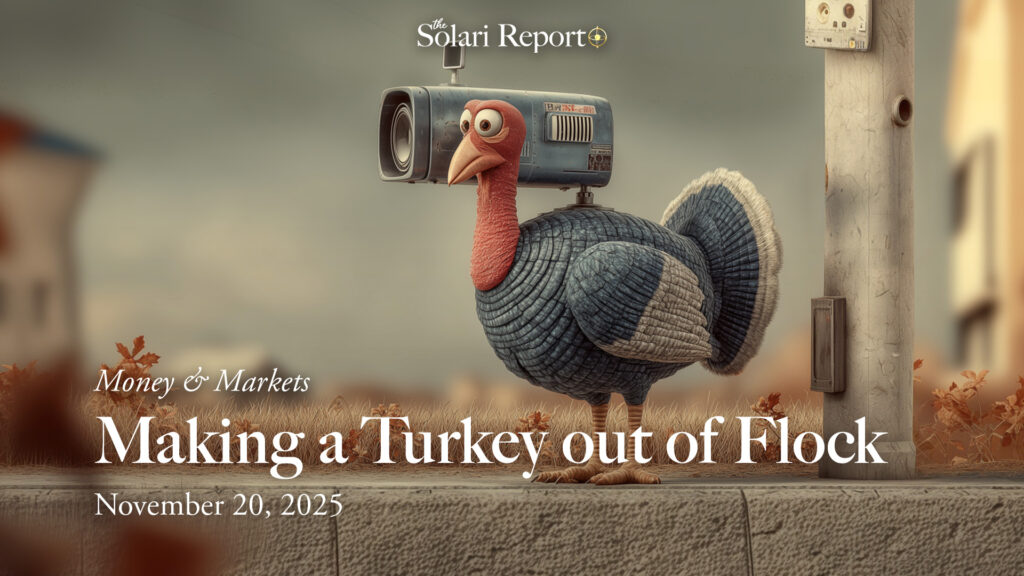
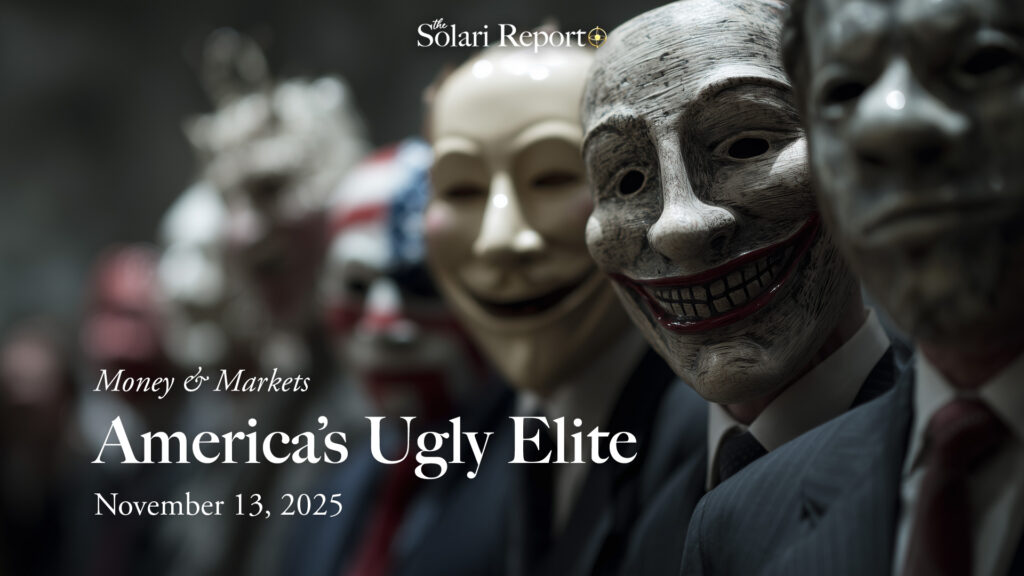
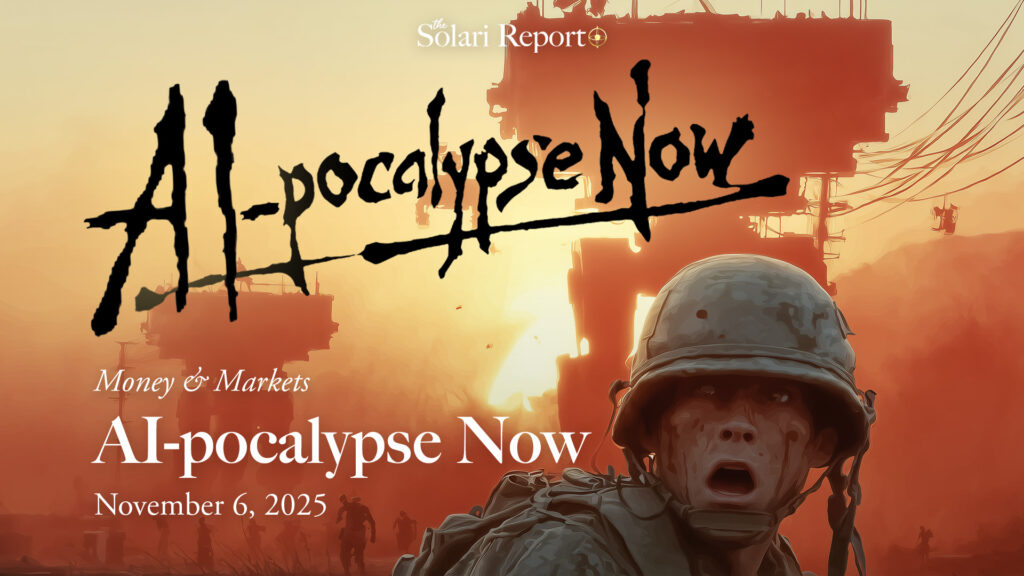

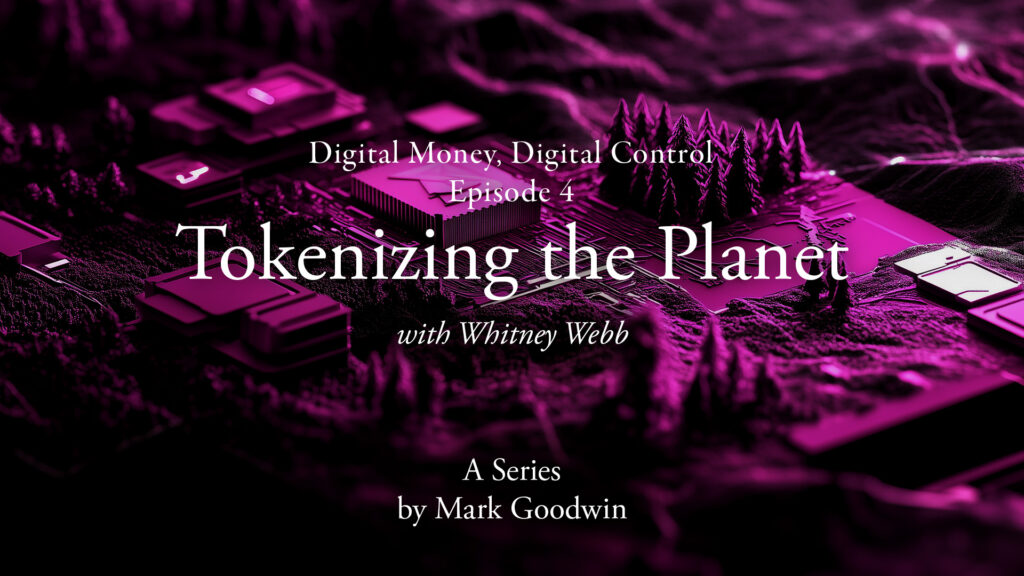

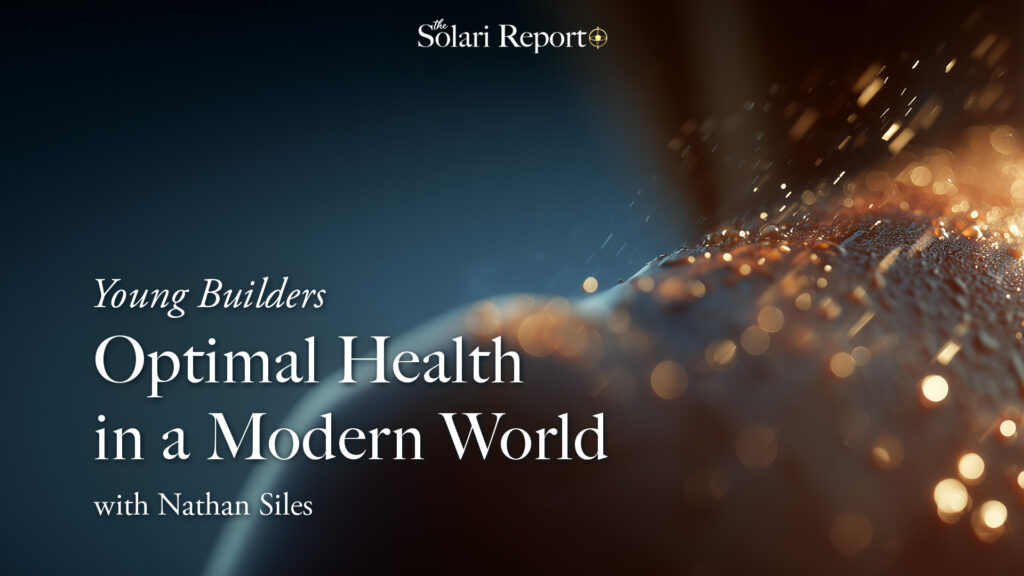
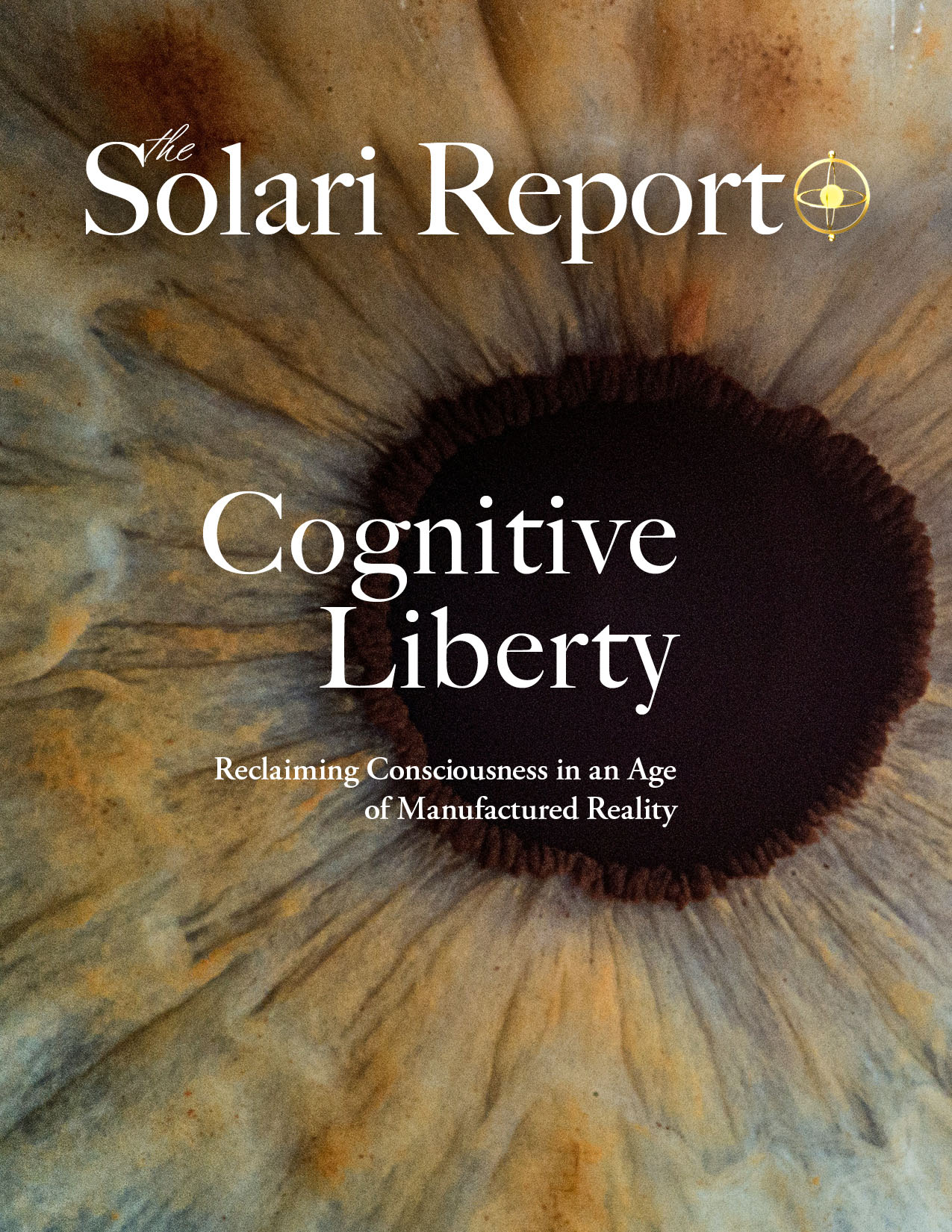

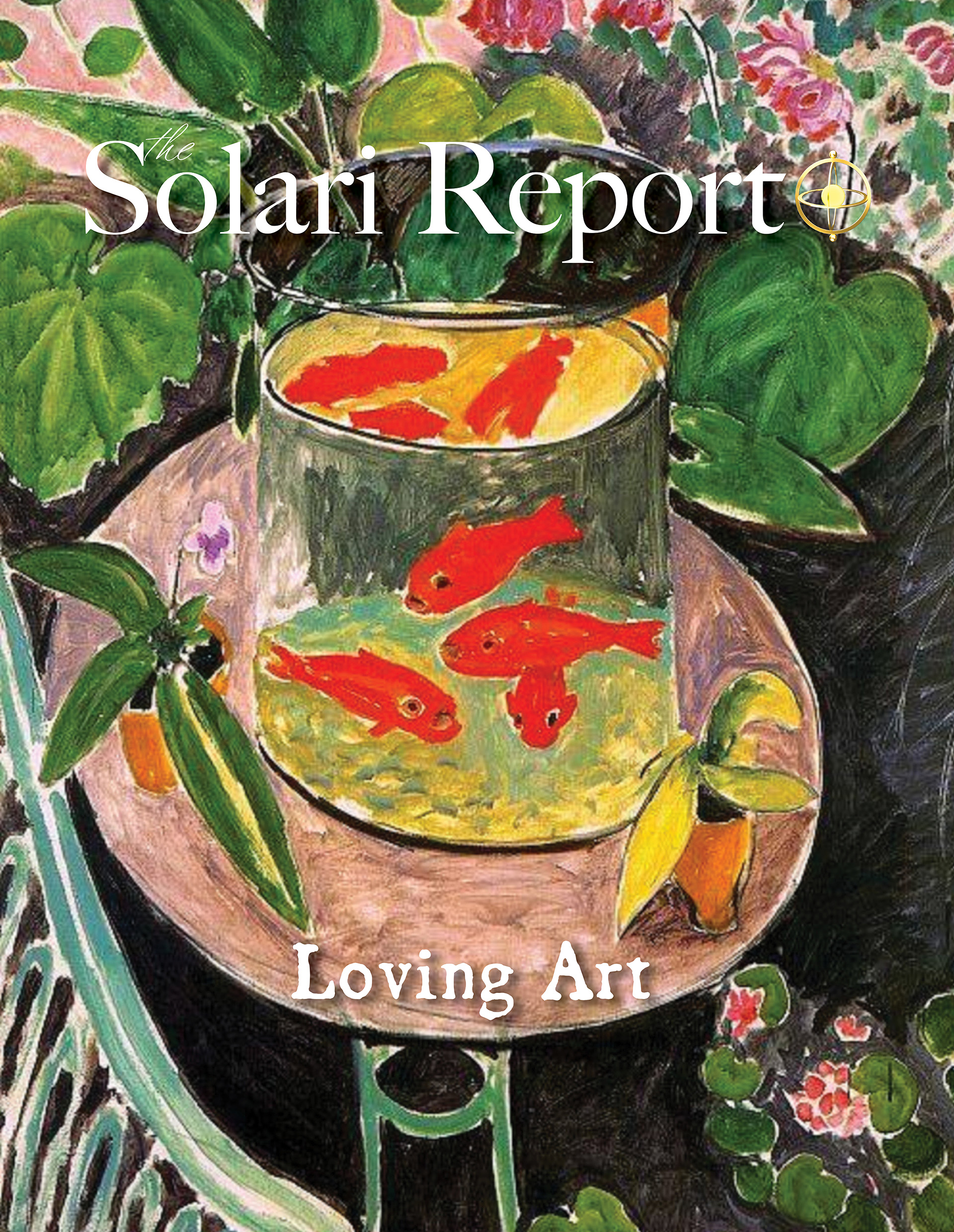
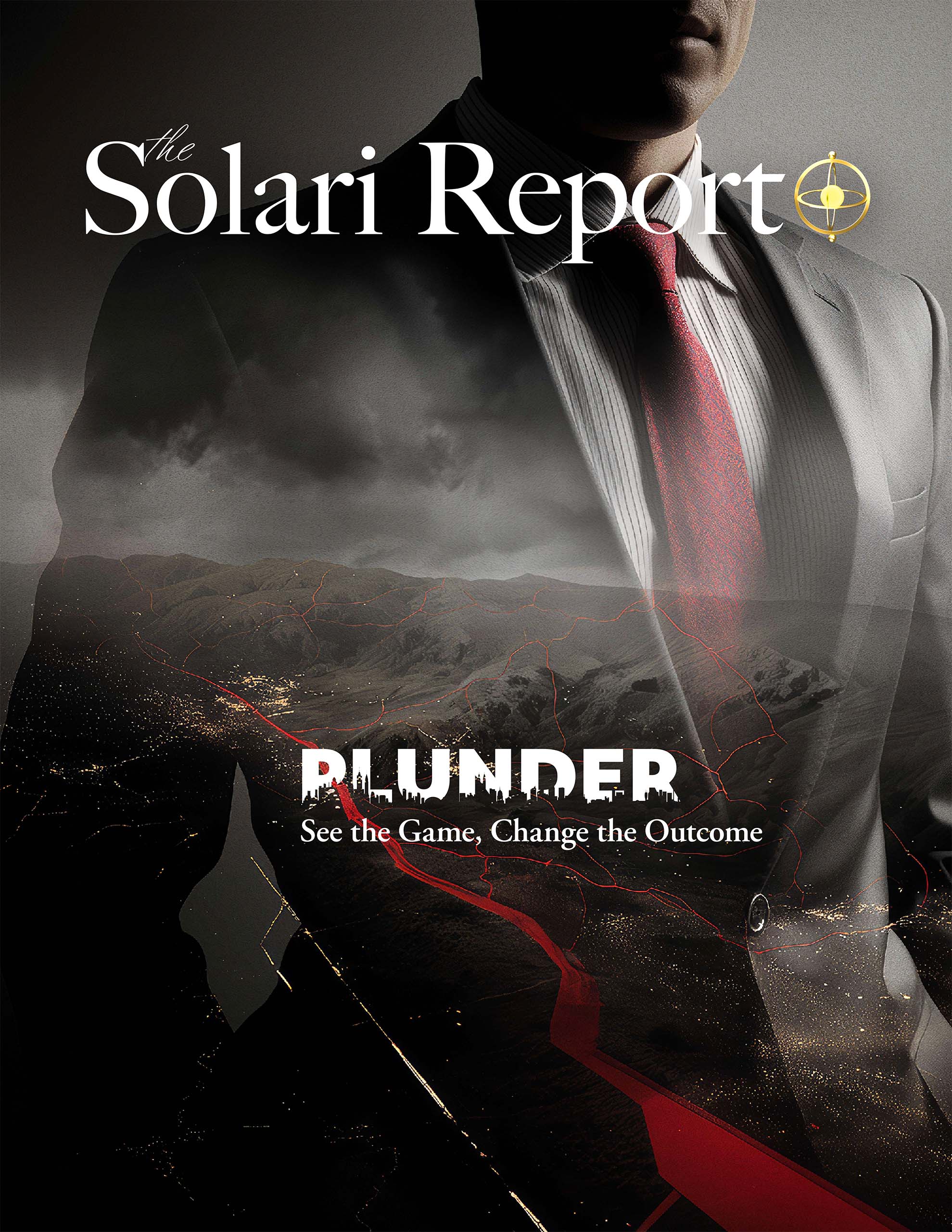
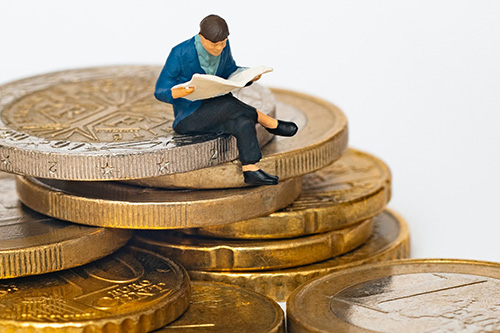
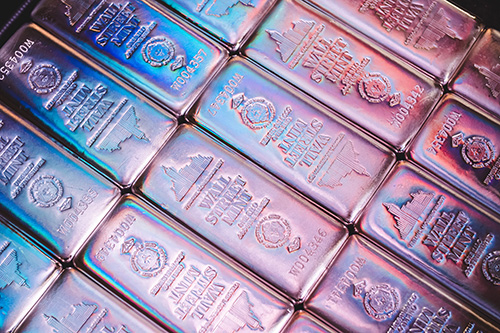
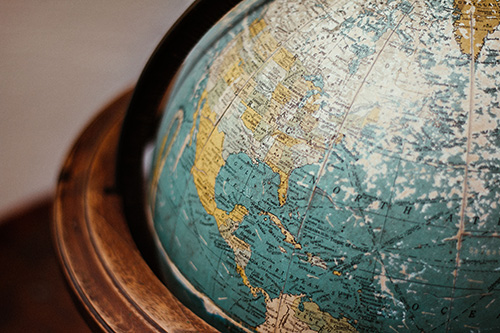
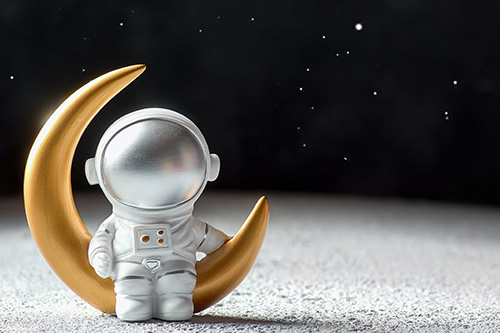


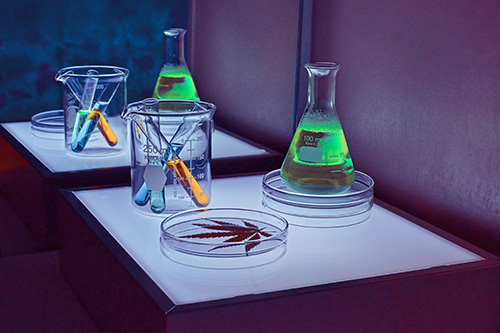
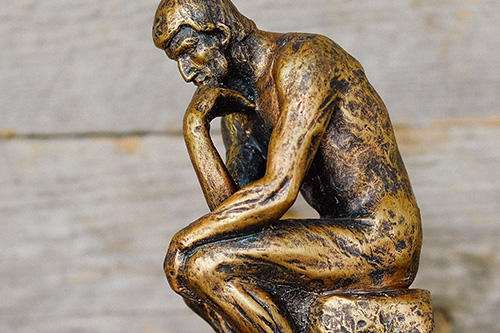
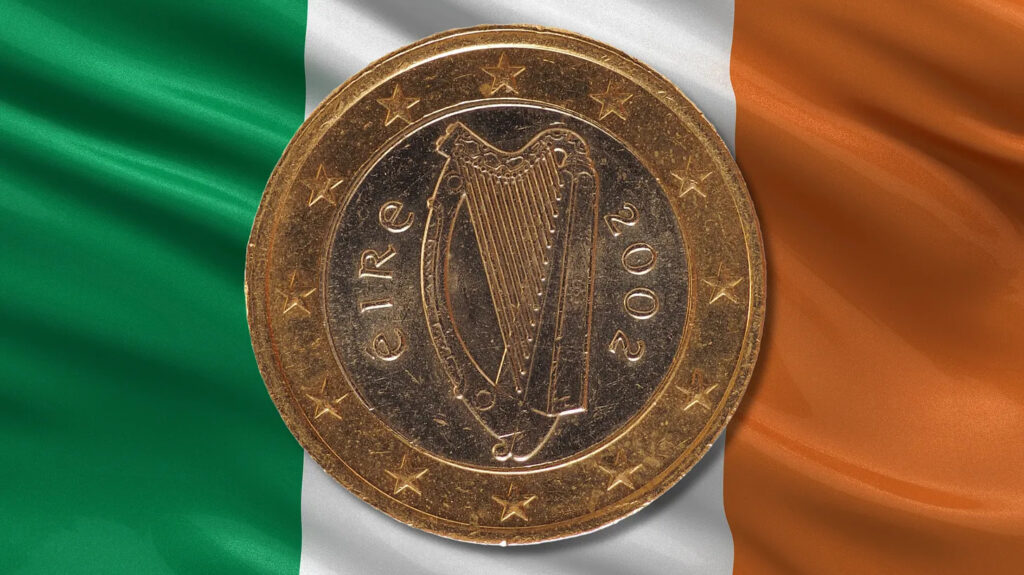


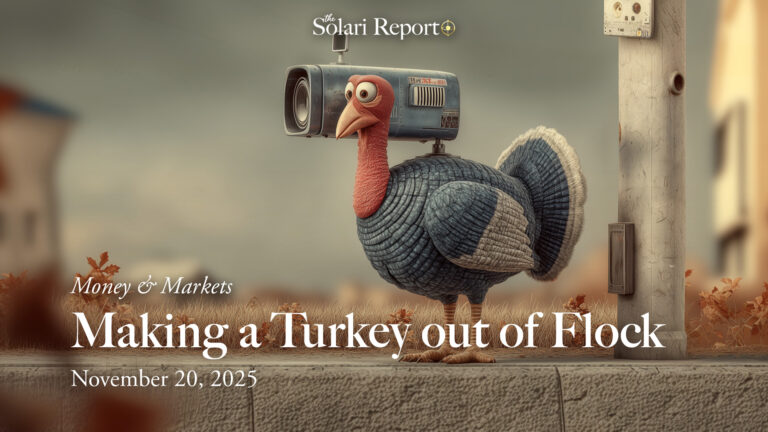
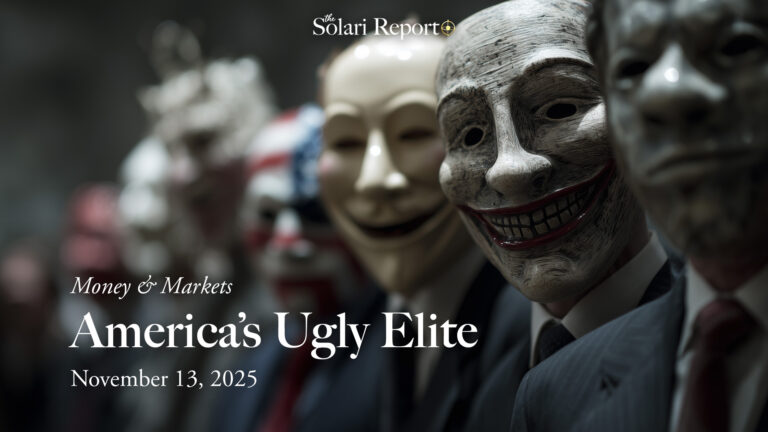
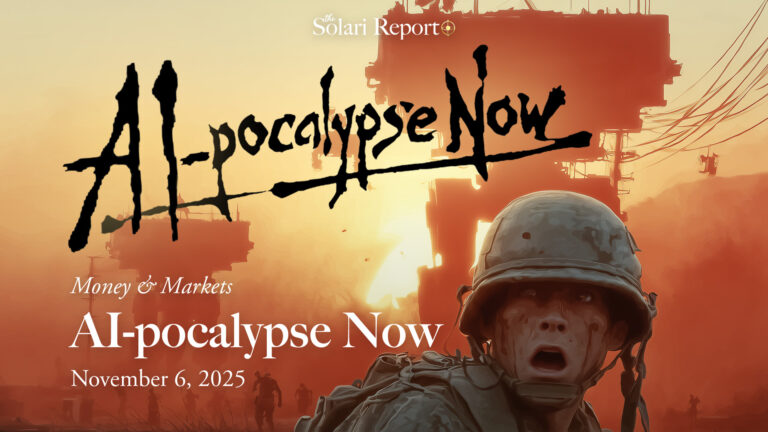
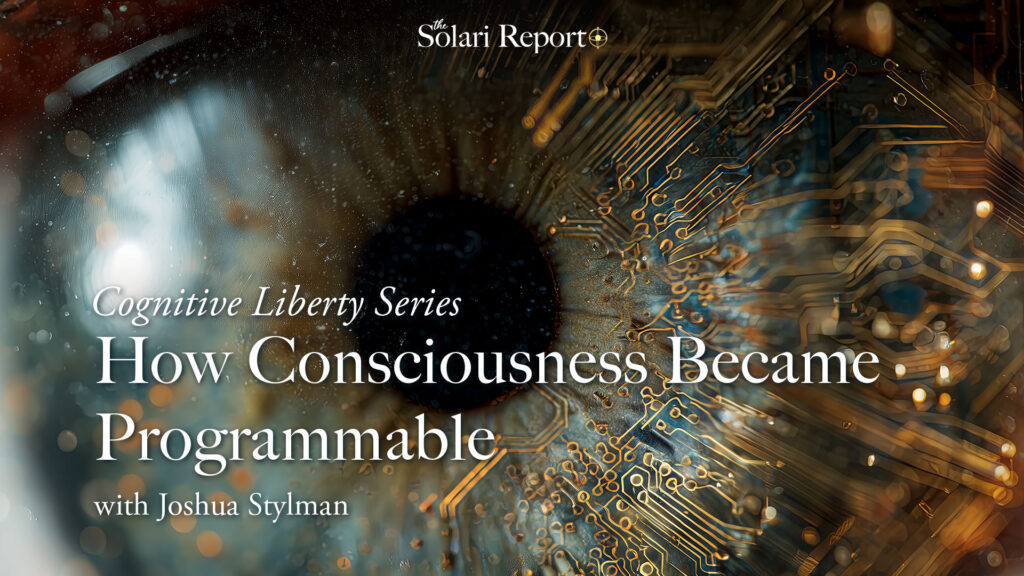
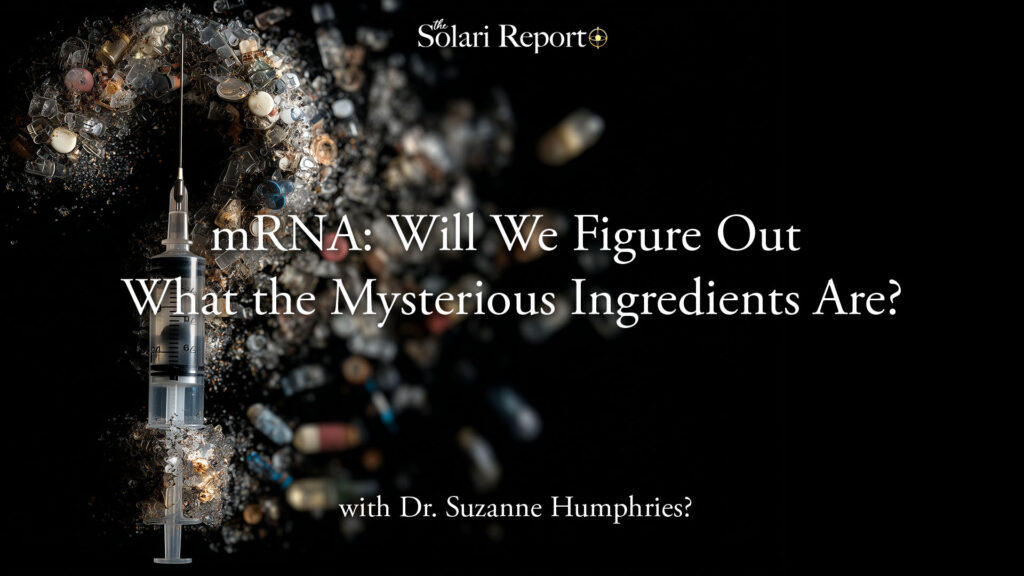
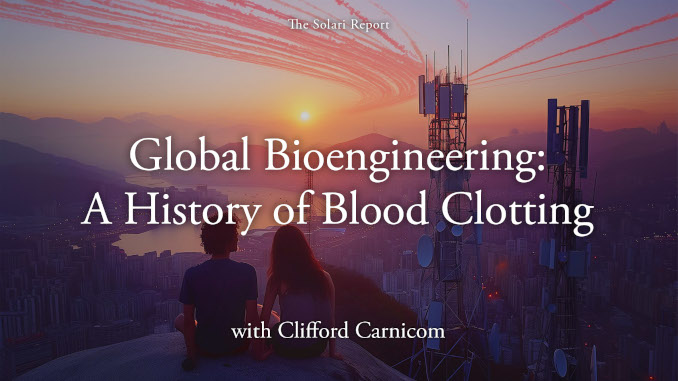

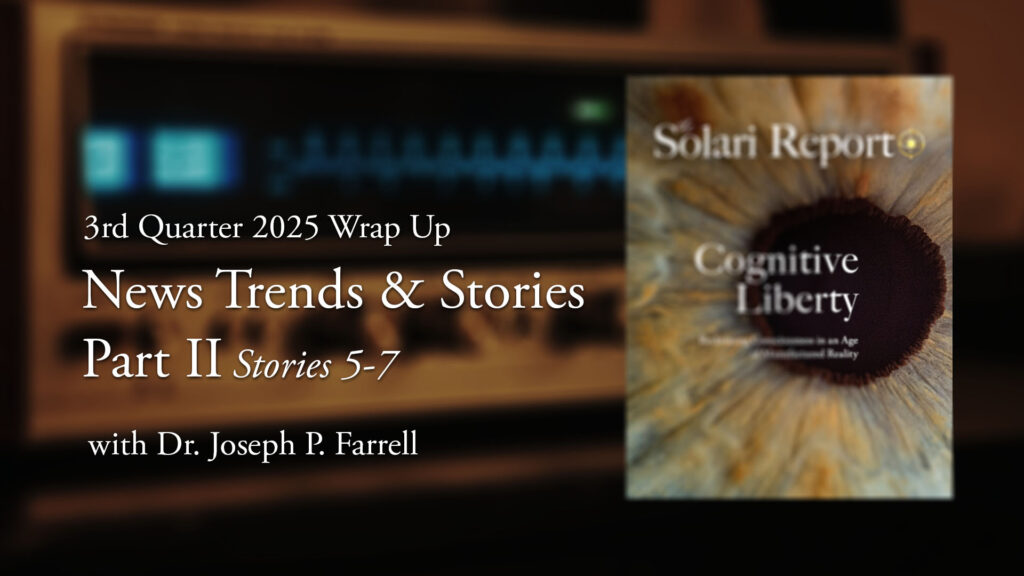
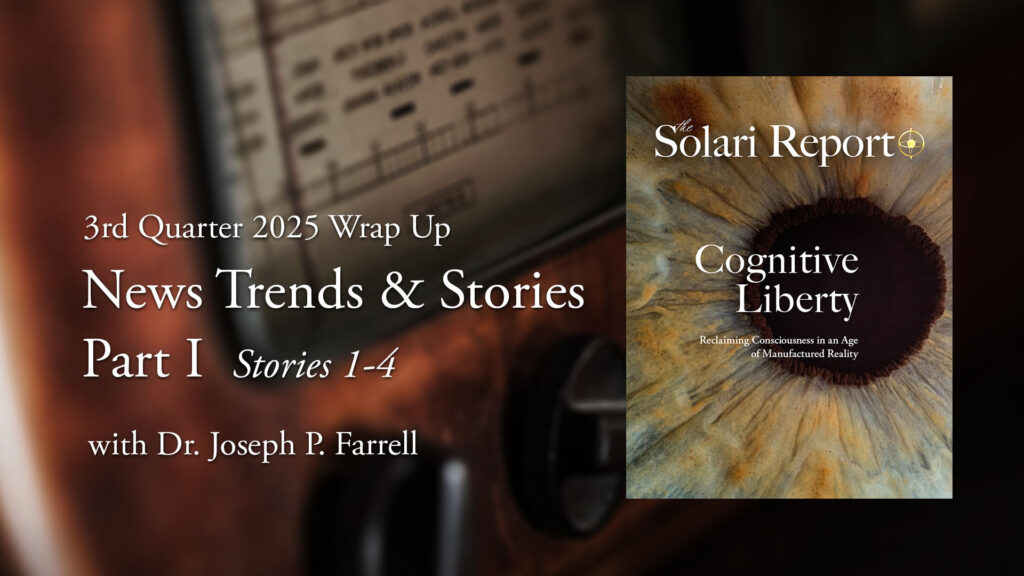

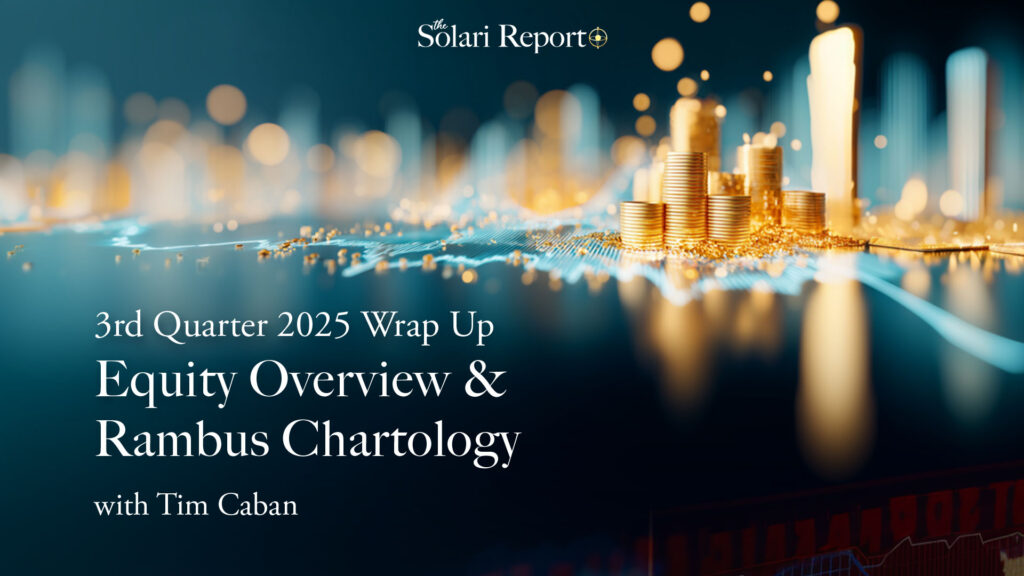

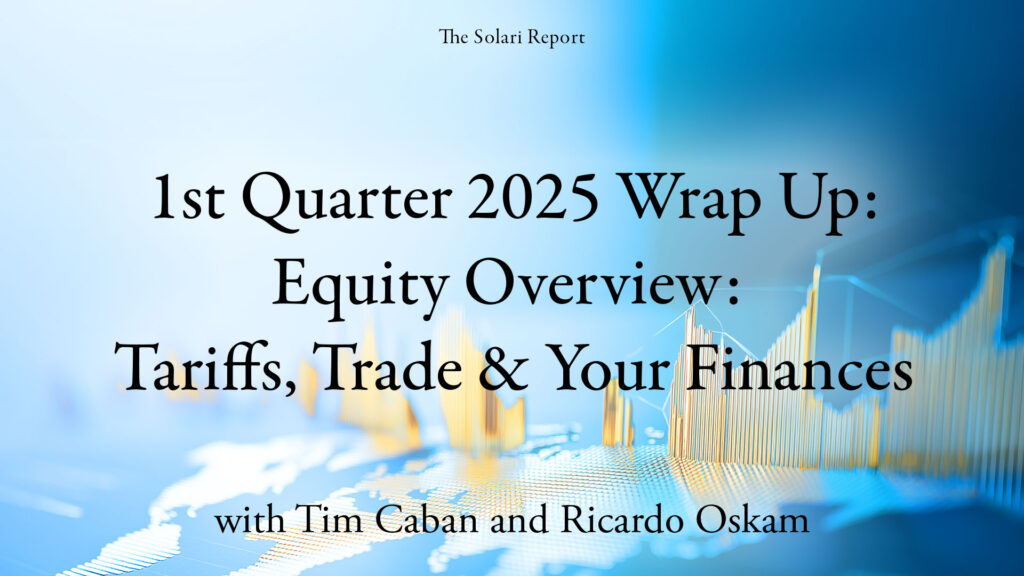
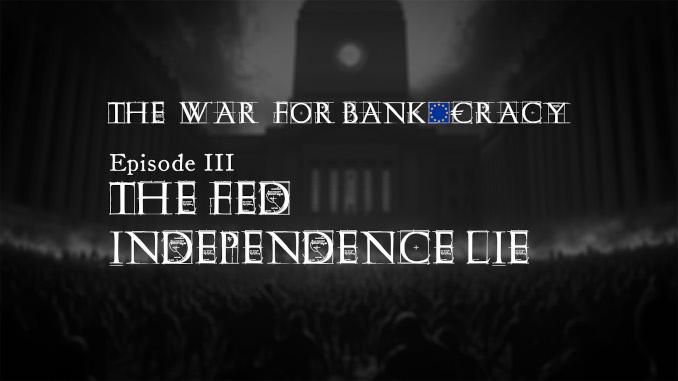
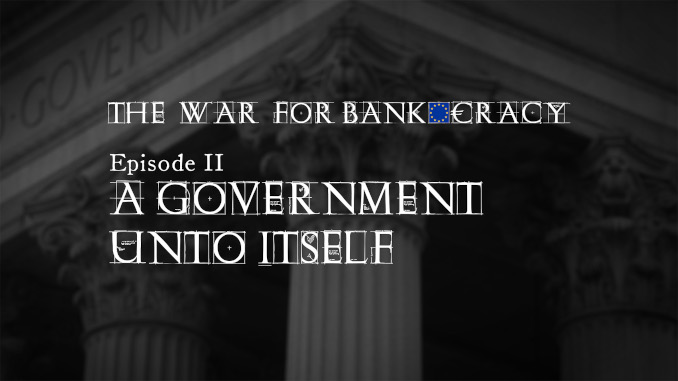
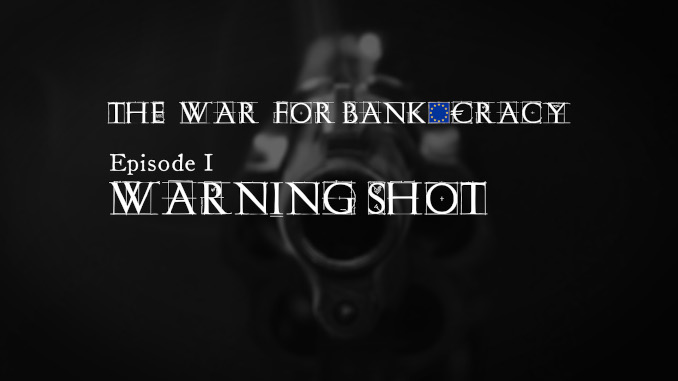

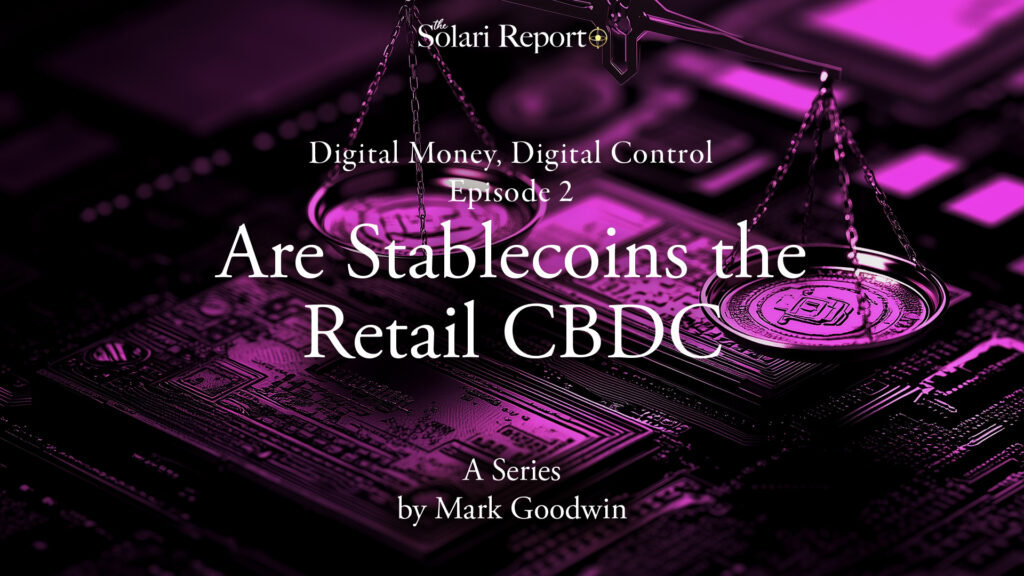




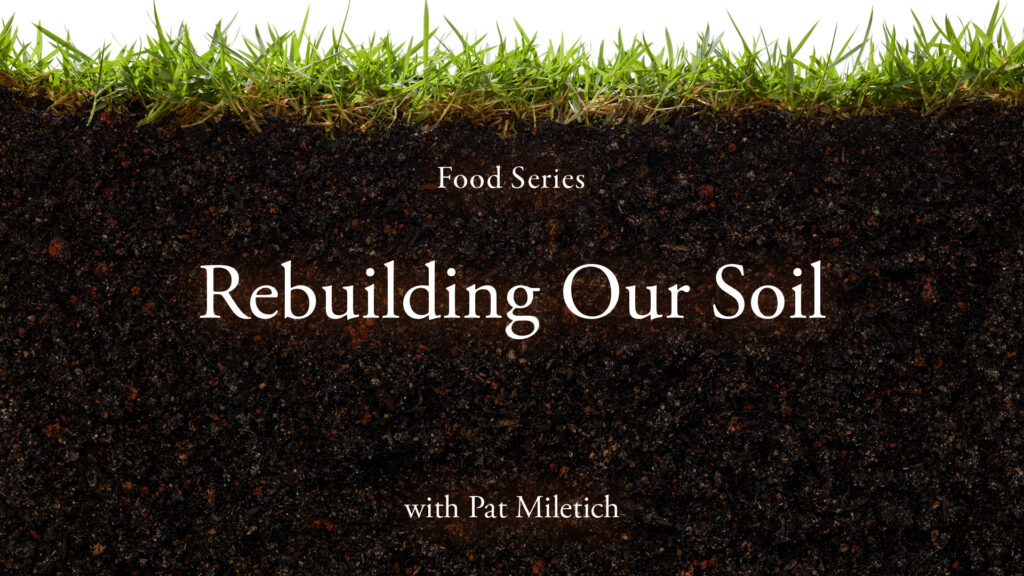
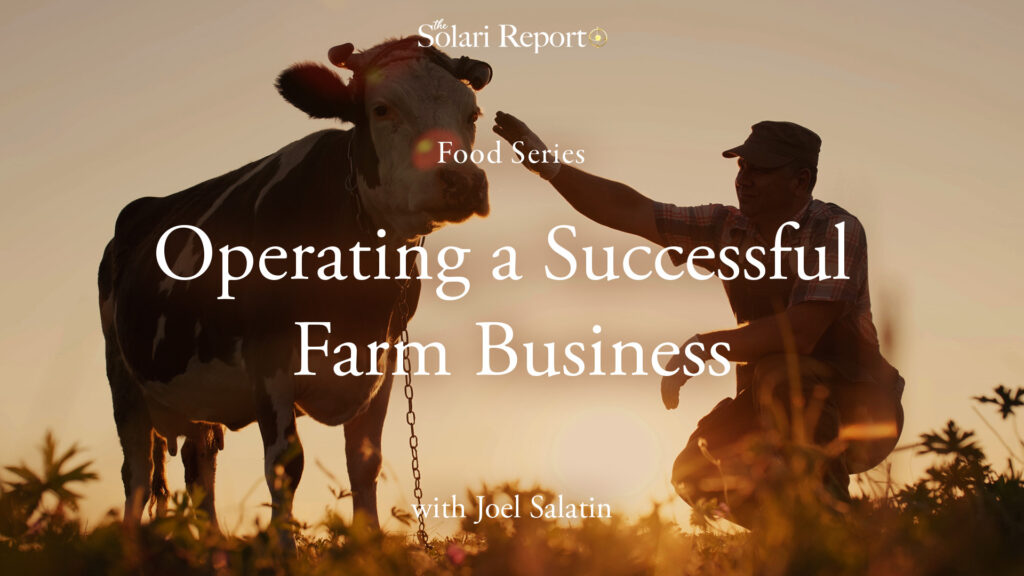





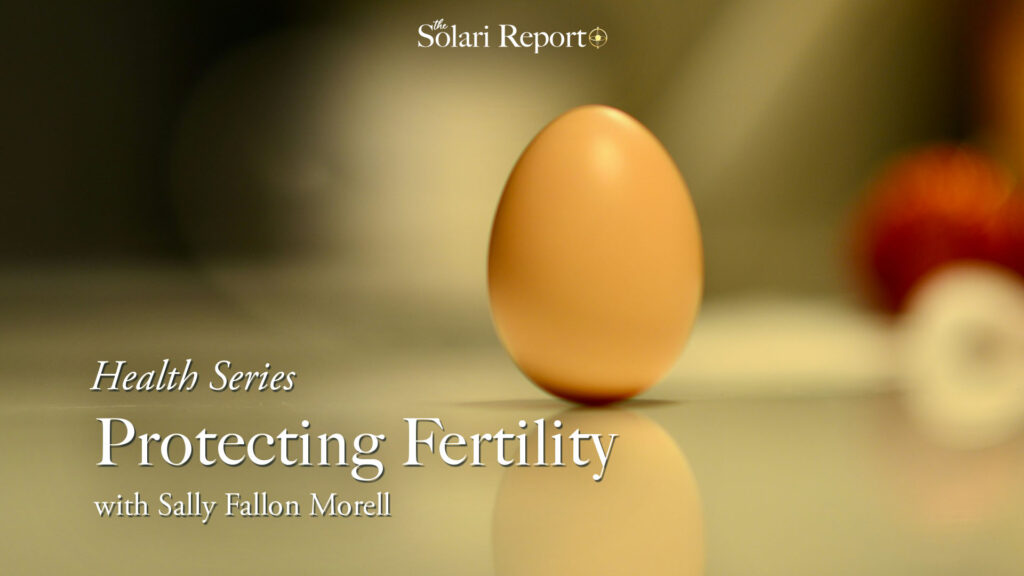
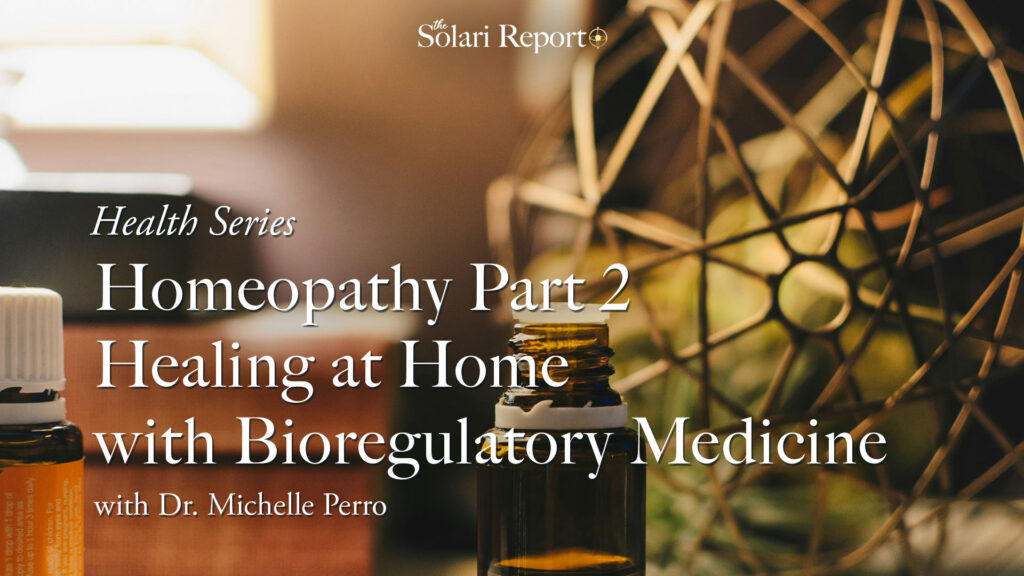
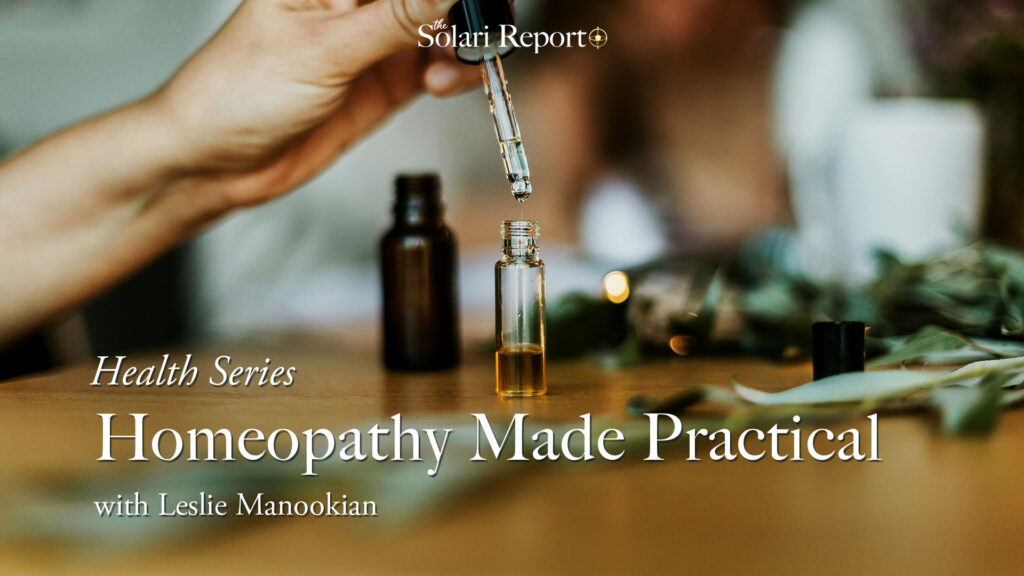

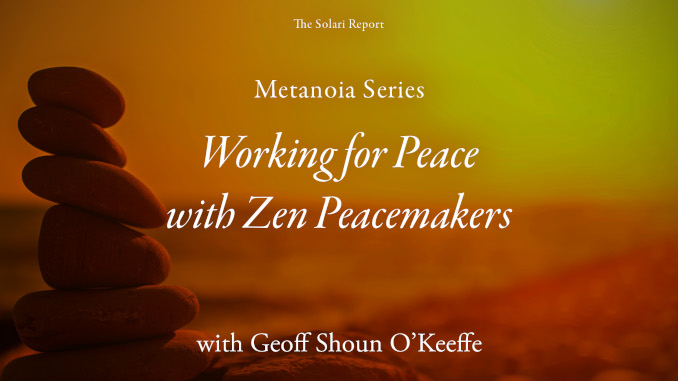

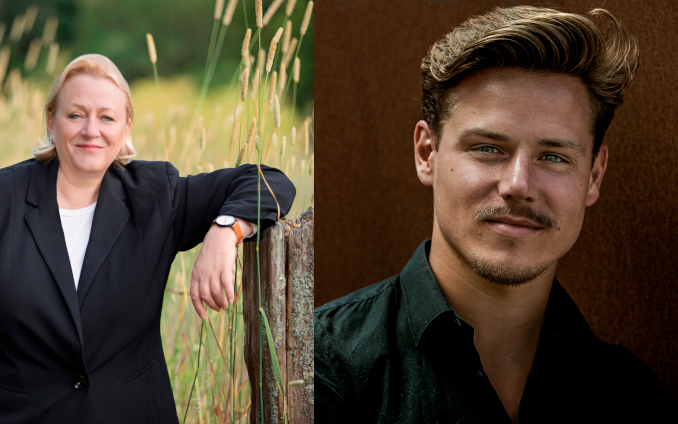

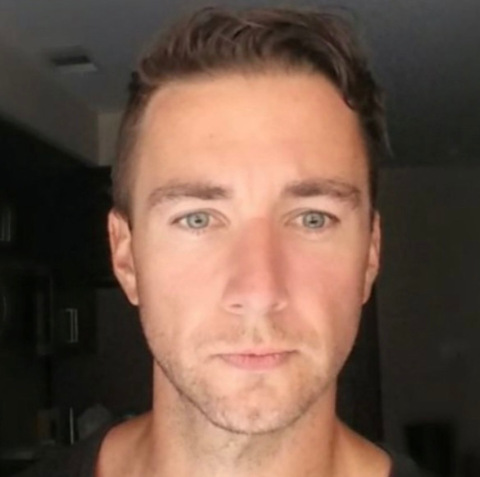
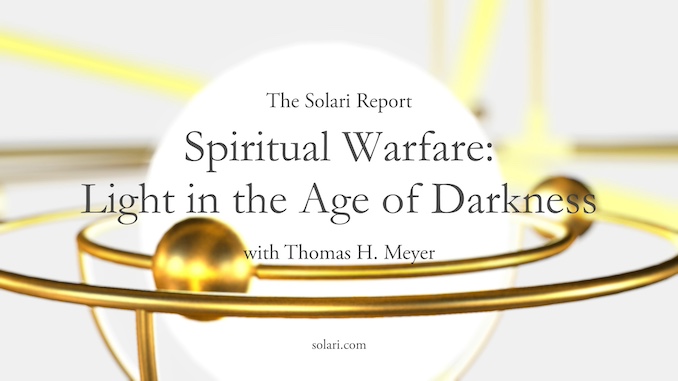

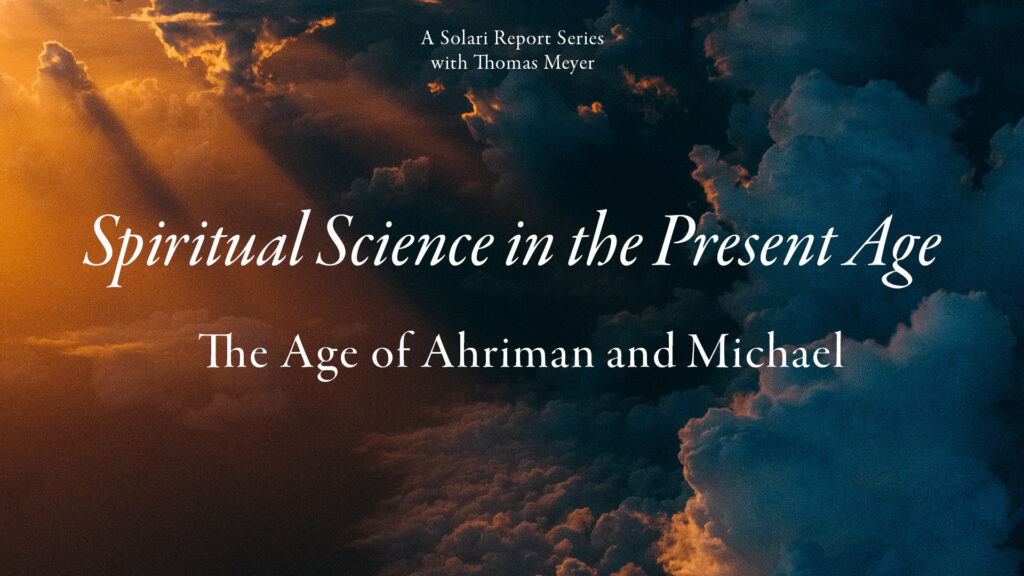

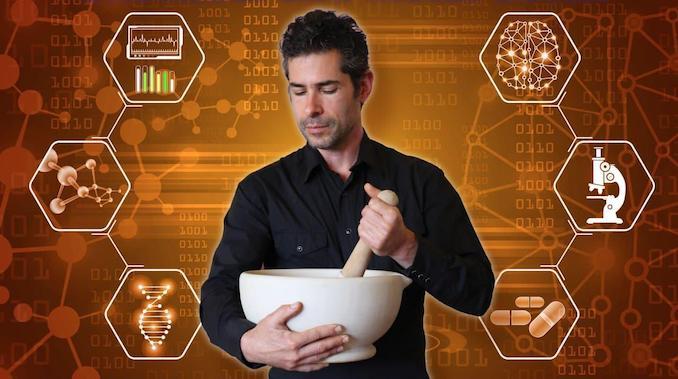
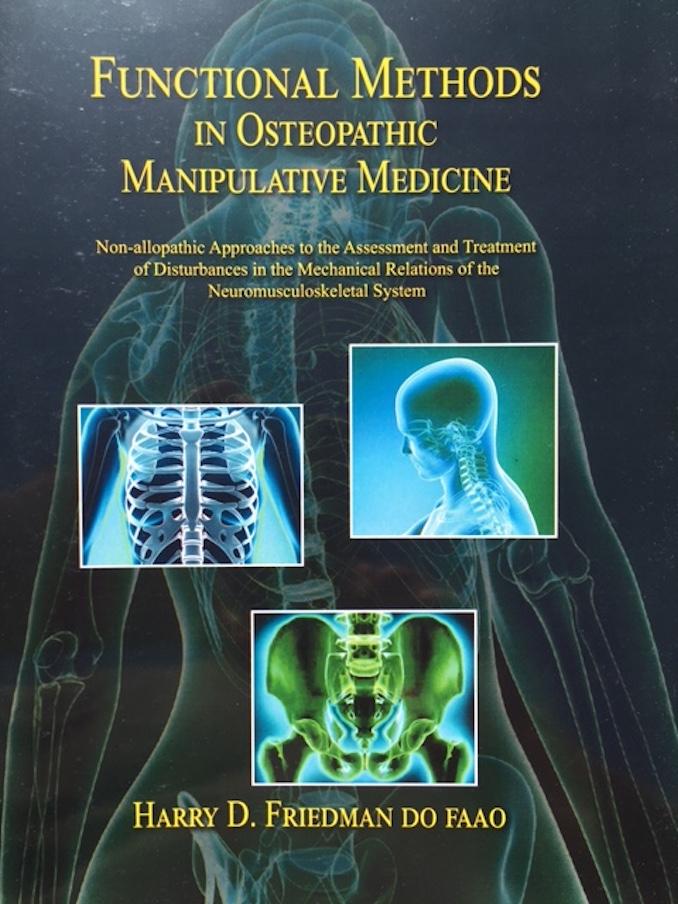







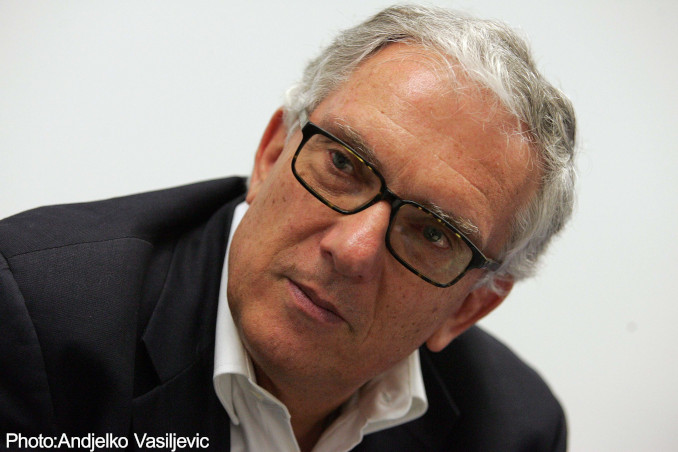


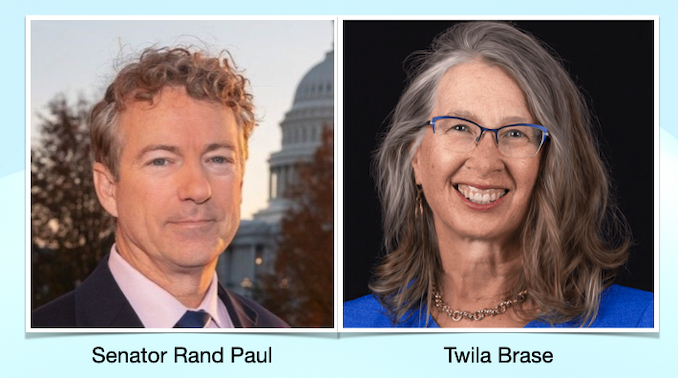

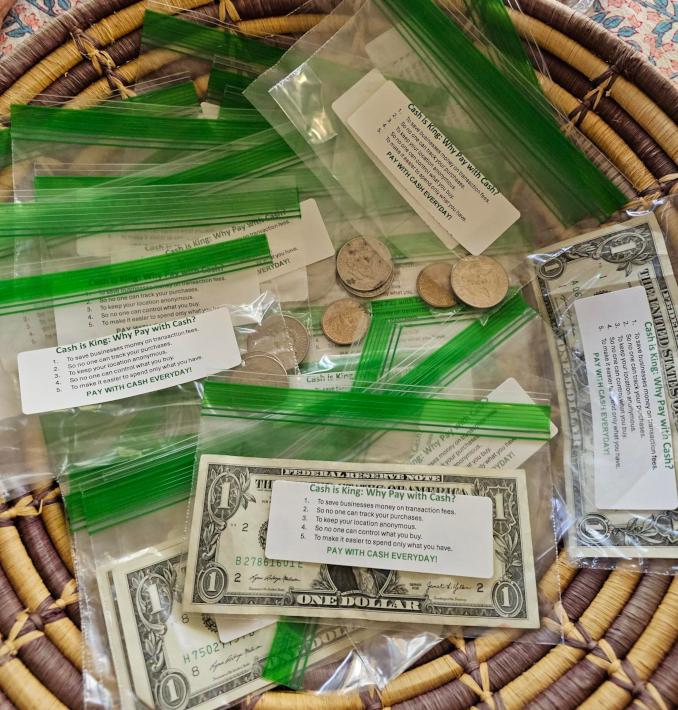
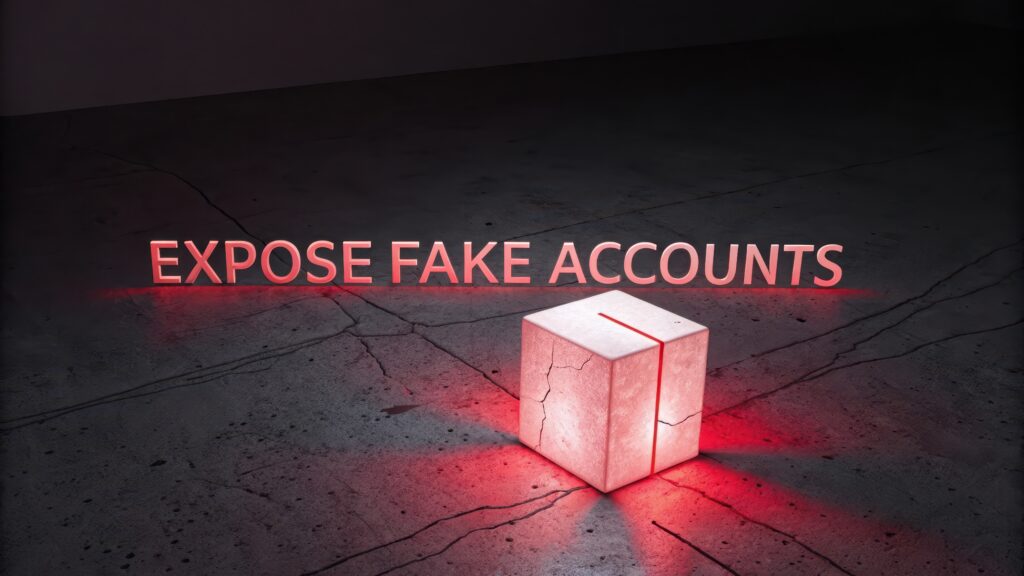

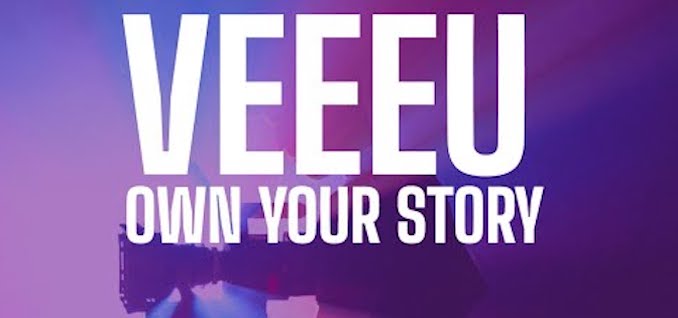

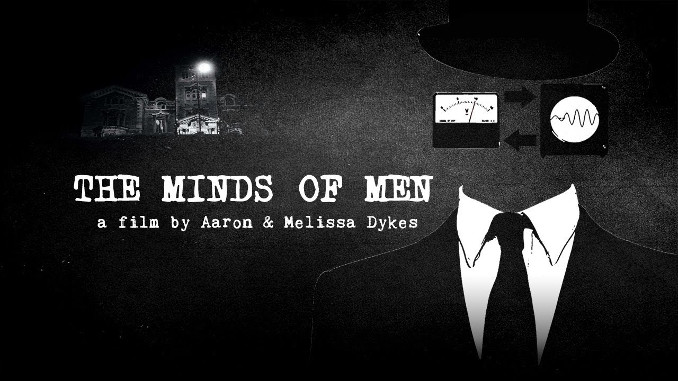



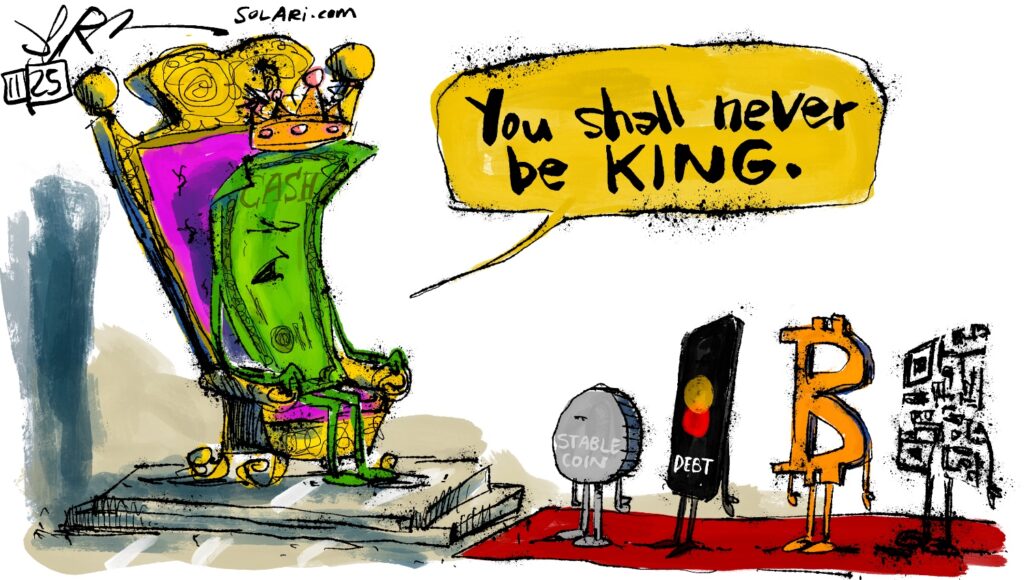
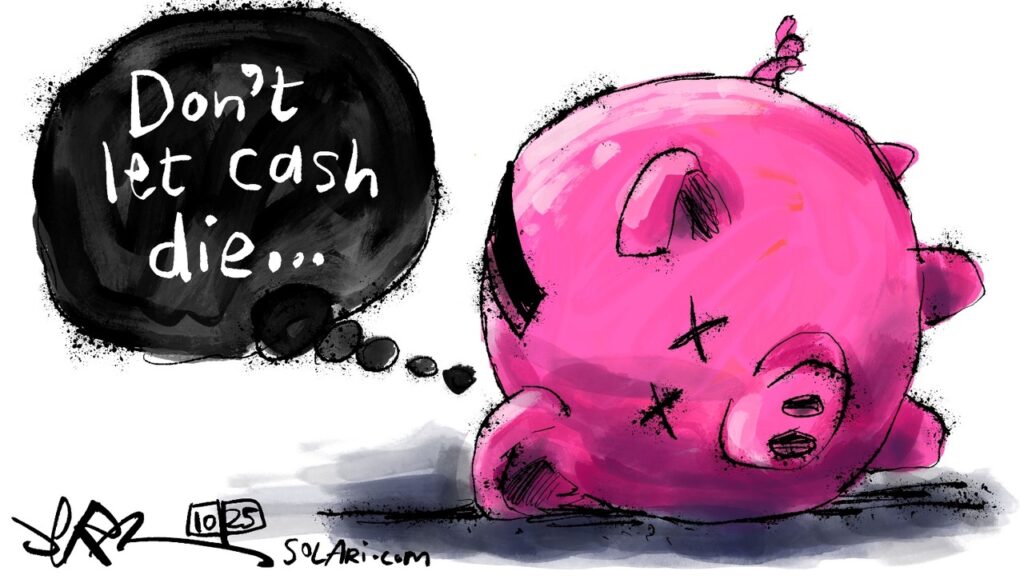
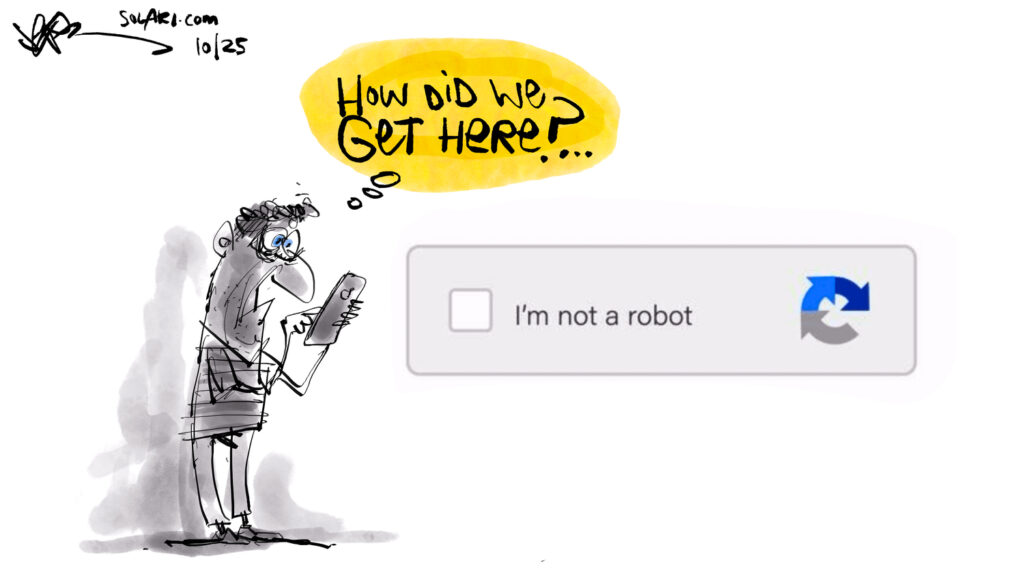
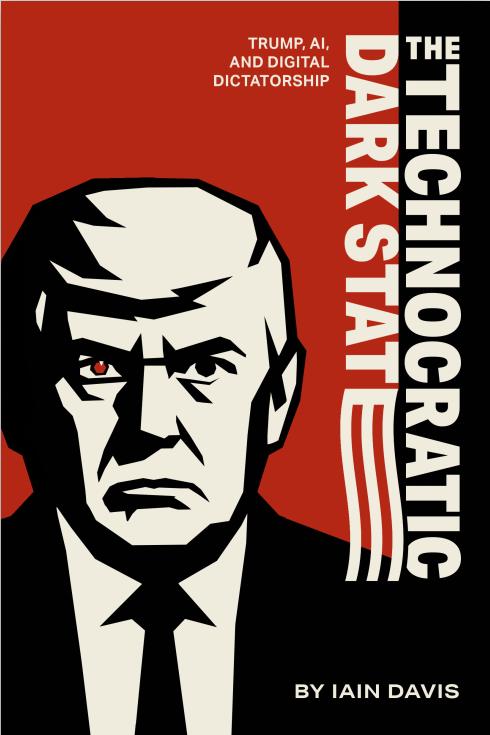


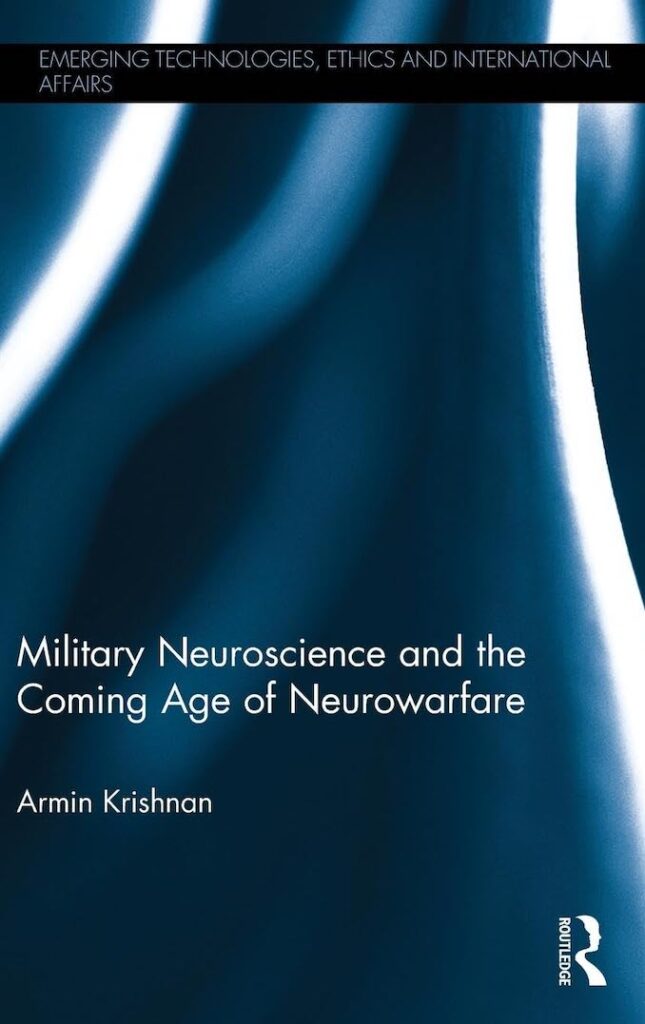

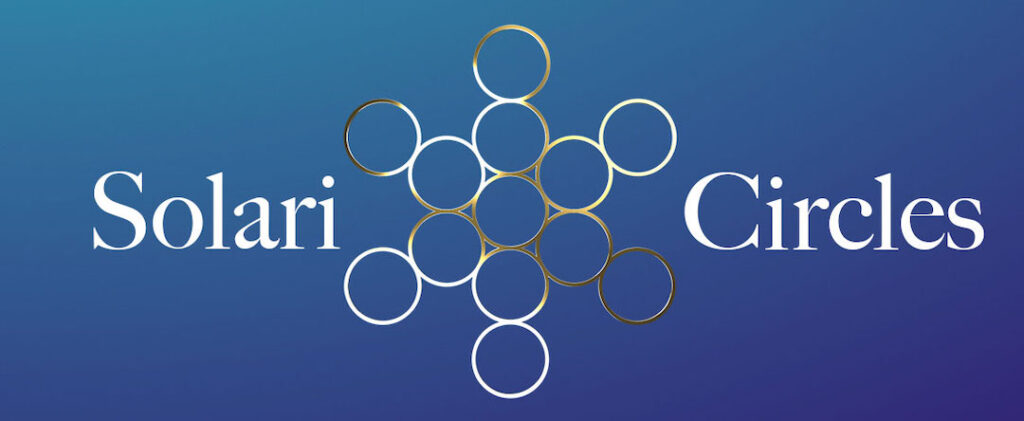
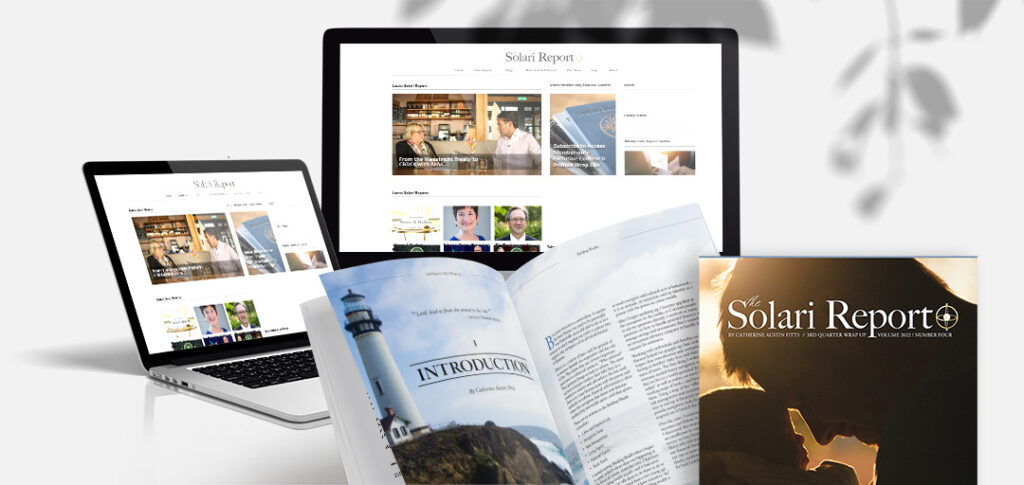
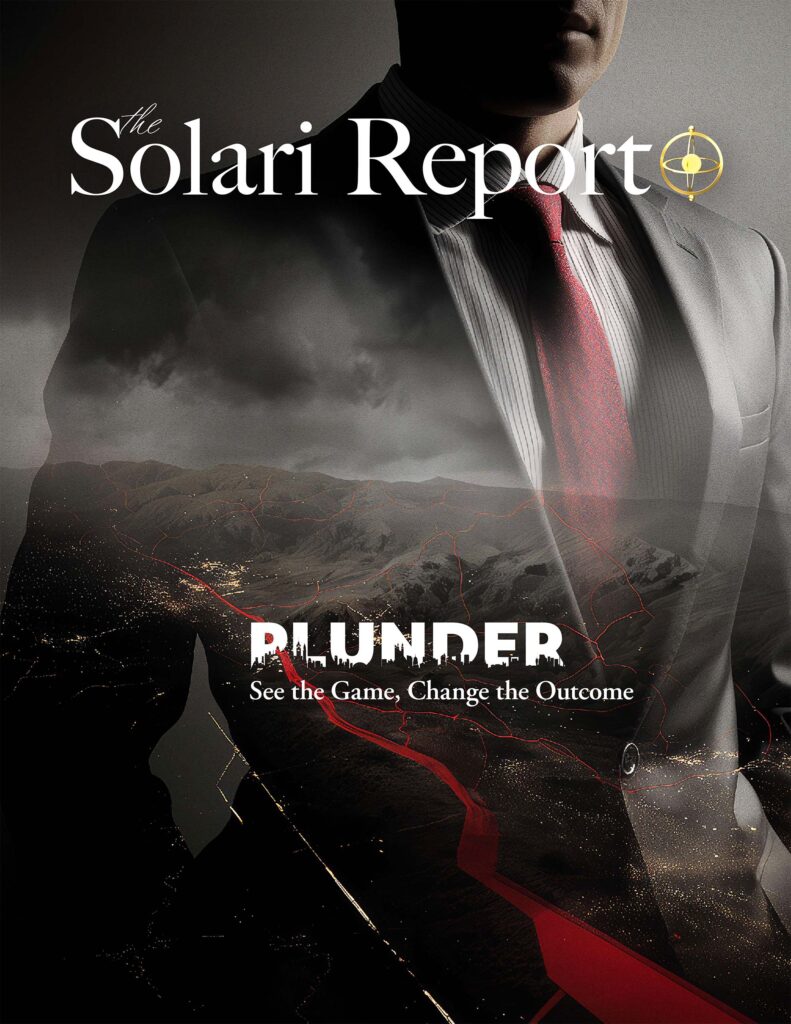
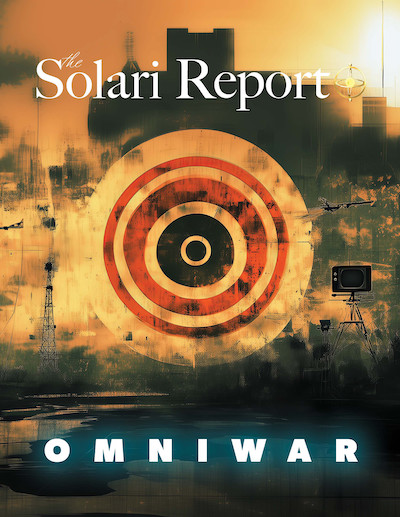


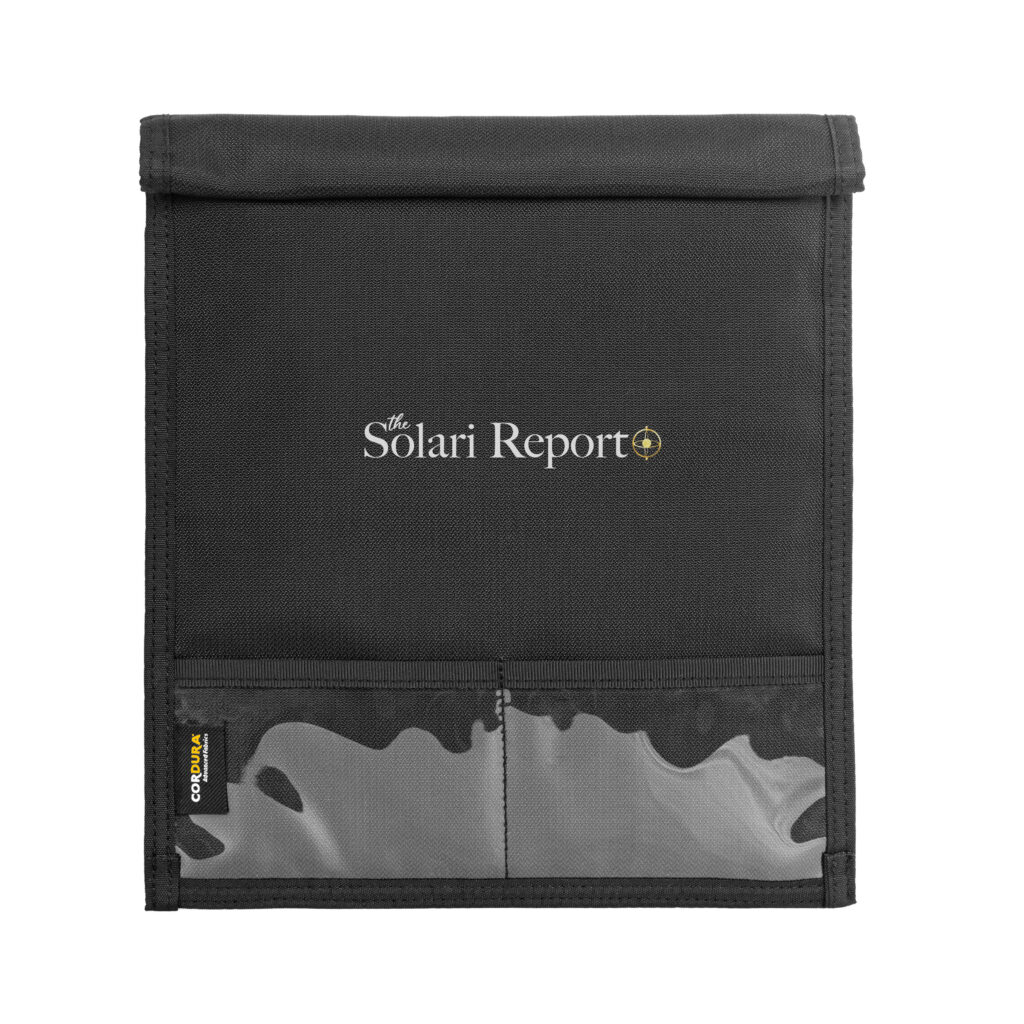
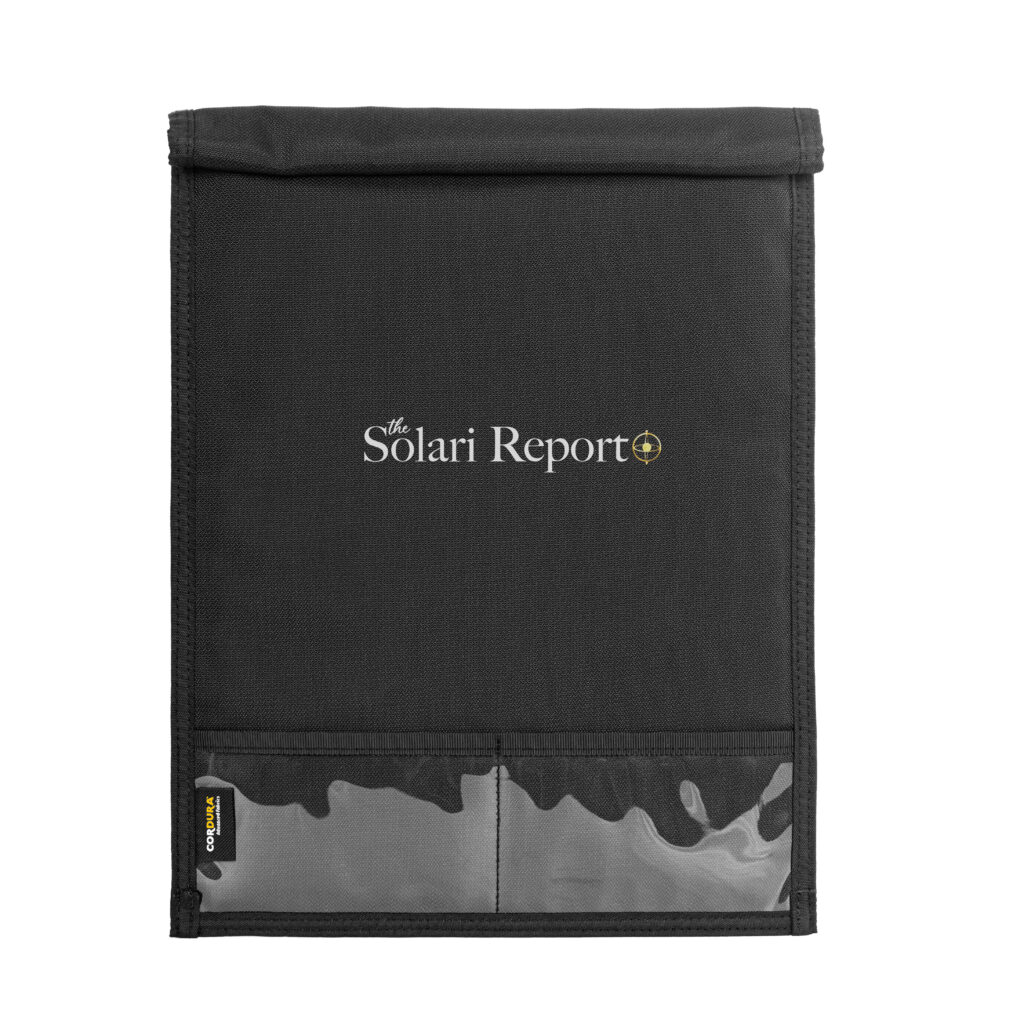
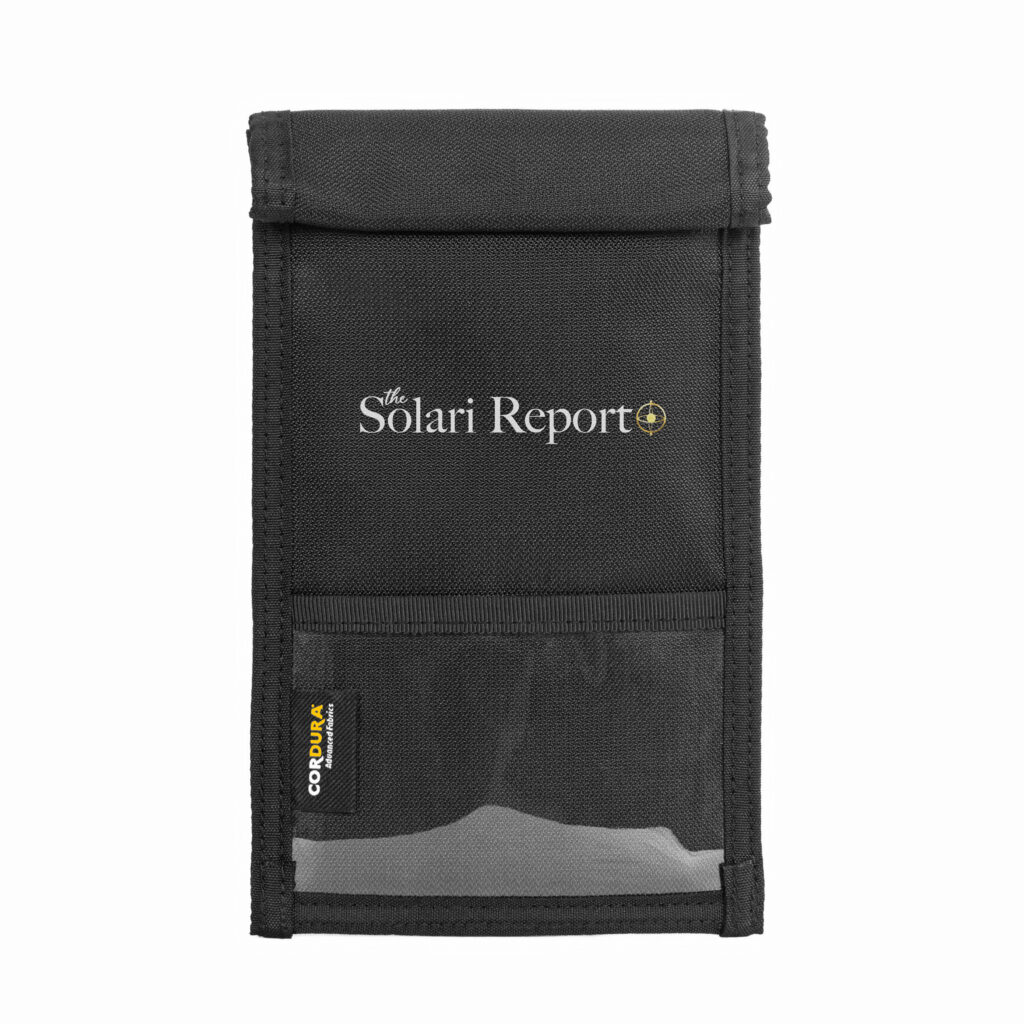
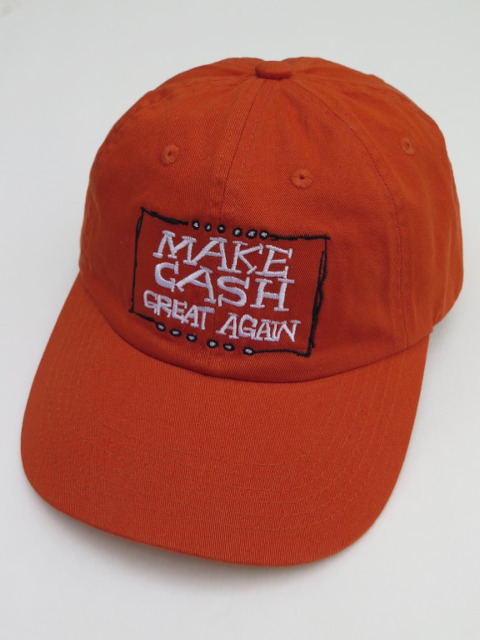

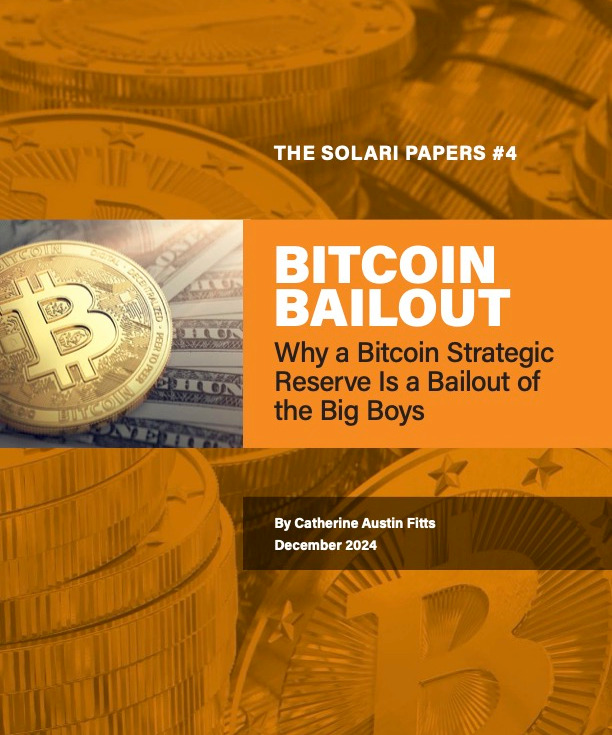
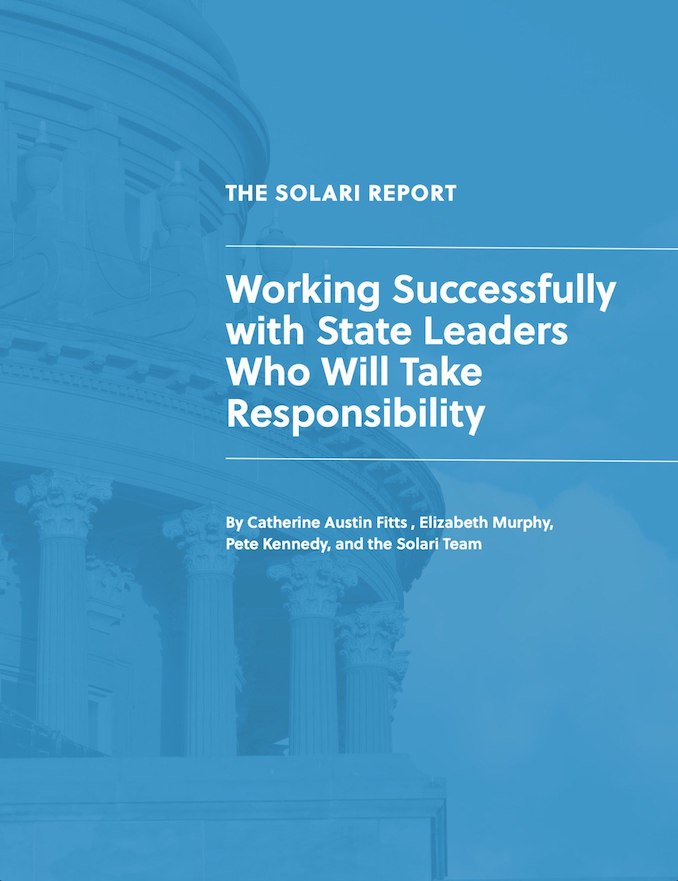


I recommend watching the ARTE documentary The Blood Business -“Le business du sang / Das Geschaeft mit dem Blut”: https://www.youtube.com/watch?v=pOOGX7X87ck
ARTE looks behind the scenes of the pharmaceutical industry and reports on people who donate plasma – not only to help, but to survive.
The documentary follows the path of a blood bag from a slum in the USA to Germany, France and Switzerland.. Blood is not only a vital body fluid, but also a sought-after raw material for medicines and thus a very lucrative business.
In poor areas of the United States, international pharmaceutical companies have set up blood donation centres where they collect valuable blood plasma for a small fee, which is then processed into medicines. This is a business that has flourished since the economic crisis. The documentary follows the path of such a blood donation from the American blood donation centre through European health authorities to the patients. Many residents of a slum in Cleveland donate their blood plasma twice a week. In return, they receive $60, often their only income.
The makers of the documentary have met the socially weak, physically exhausted and often drug addicted people whose survival depends on the business of blood. The pharmaceutical companies purchase the blood plasma legally in order to export it and process it into immune-boosting drugs. For example, a Swiss patient is treated with an immunoglobulin solution produced with donor blood from Cleveland. But what happens to the blood donated in Europe? Who benefits from it?
The documentary investigates behind the scenes of the plasma trade, which is particularly opaque. Experts in France, Germany, Switzerland and the USA are concerned about the trade in blood plasma. They identify risks and ask ethical questions about the blood business, which is at the expense of socially disadvantaged people.
I recommend watching the ARTE documentary The Blood Business -“Le business du sang / Das Geschaeft mit dem Blut”: https://www.youtube.com/watch?v=pOOGX7X87ck
ARTE looks behind the scenes of the pharmaceutical industry and reports on people who donate plasma – not only to help, but to survive.
The documentary follows the path of a blood bag from a slum in the USA to Germany, France and Switzerland.. Blood is not only a vital body fluid, but also a sought-after raw material for medicines and thus a very lucrative business.
In poor areas of the United States, international pharmaceutical companies have set up blood donation centres where they collect valuable blood plasma for a small fee, which is then processed into medicines. This is a business that has flourished since the economic crisis. The documentary follows the path of such a blood donation from the American blood donation centre through European health authorities to the patients. Many residents of a slum in Cleveland donate their blood plasma twice a week. In return, they receive $60, often their only income.
The makers of the documentary have met the socially weak, physically exhausted and often drug addicted people whose survival depends on the business of blood. The pharmaceutical companies purchase the blood plasma legally in order to export it and process it into immune-boosting drugs. For example, a Swiss patient is treated with an immunoglobulin solution produced with donor blood from Cleveland. But what happens to the blood donated in Europe? Who benefits from it?
The documentary investigates behind the scenes of the plasma trade, which is particularly opaque. Experts in France, Germany, Switzerland and the USA are concerned about the trade in blood plasma. They identify risks and ask ethical questions about the blood business, which is at the expense of socially disadvantaged people.
Something that I find interesting about the Theranos story, is that months ago I went to a Minute Clinic within a CVS pharmacy for a blood test. From a very small sample of blood taken from my finger, the nurse showed me on her portable device many different results for blood indicators that I had always thought I needed to go to a lab and get a lot more blood drawn to determine these results. I recognized that something like this could completely revolutionize the blood-testing industry, so I wonder if there may be powerful forces who are trying to control this technology and/or bury it.